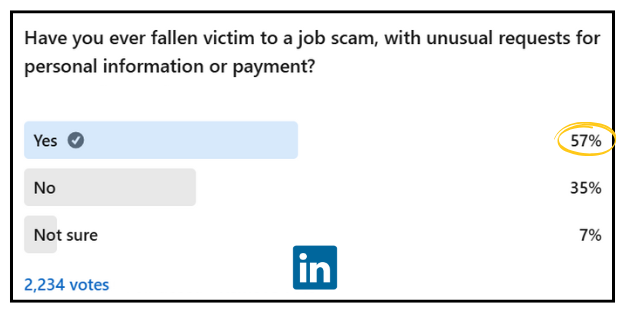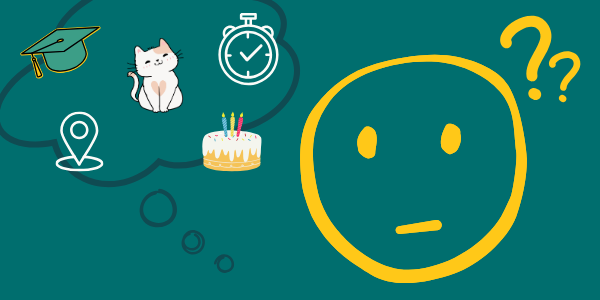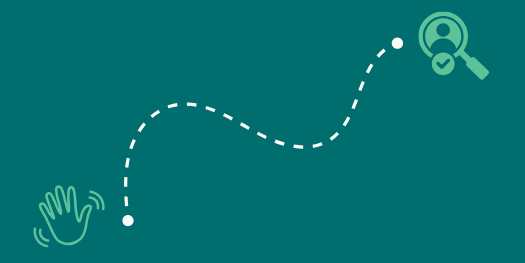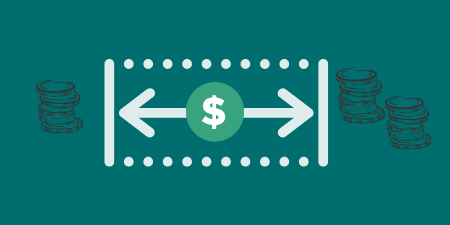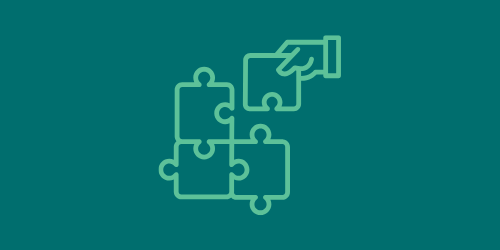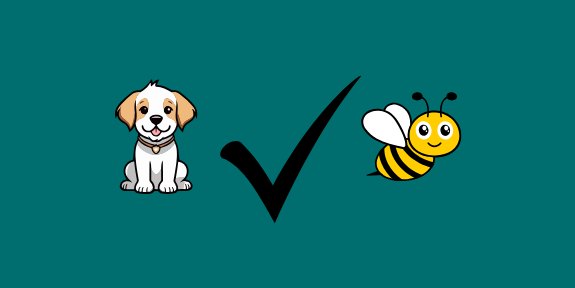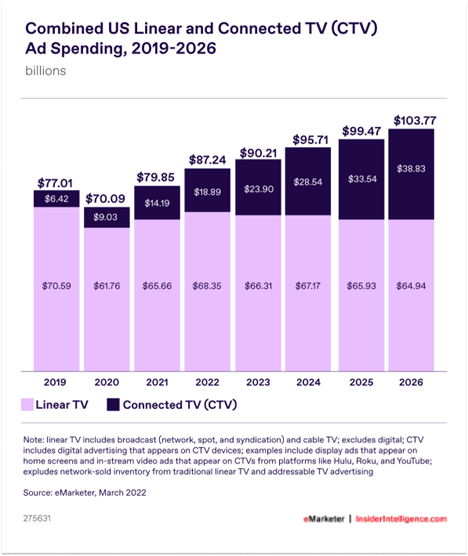By Kayleigh at Creative Circle
Did you know that more than 60% of new freelancers fail to earn a sustainable income within their first year?
While there are many reasons for this, one of the biggest culprits is poor time management. When you’re your own boss, project manager, and HR department, it’s easy to let deadlines slip, boundaries blur, and burnout creep in.
At Creative Circle, we’ve been helping freelancers thrive for over 20 years. So, we reached out to three of our most trusted, long-tenured freelancers — each with 30+ hours of freelance work per week — to get their best time management tips. These folks have seen prepared and timely clients, the emergent-fire-alarm type clients, five-hour work weeks, and 60-hour work weeks. Through it all, they consistently hit deadlines and keep their client roster full without sacrificing (too much of) their sanity.
Meet the Pros
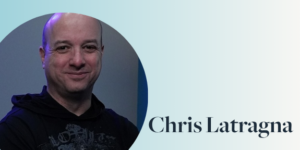
Chris Latragna has 16+ years of experience in video production and motion graphics, 14 of which he’s spent freelancing. He’s the kind of guy who gets his best work done while the rest of us are sleeping in on a Sunday. Monday morning deadlines? He welcomes them with open arms.
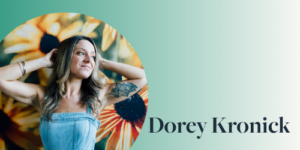
Dorey Kronick runs her own business and has been freelancing with Creative Circle for 12 years. She’s a creative director, graphic designer, and photographer whose branding and website designs are always in demand. She may work untraditional hours, but when it comes to time management, she’s as analog as they come — think paper planners, Post-its, and color-coded pens.
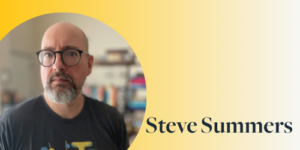
Steve Summers is a video editor with over a decade of full-time freelancing under his belt. He’s a structure-loving, software-using, boundary-setting pro who sticks to a traditional work schedule and still finds time to enjoy life offline.
Tips to Manage Your Time
Build out a schedule.
Be realistic when planning and prioritizing.
Diligently track your time.
Communicate.
Get comfortable saying “No.”
1. Build out a schedule that works for you. 📅
There’s no one-size-fits-all schedule in freelancing. Half the beauty of freelance is you get to work when you do your best work (so long as you meet your deadlines). Find your rhythm and stick to it.
“I’m absolutely a night owl. I get my best creative work done at night when I have no distractions. When my clients wake up, my work is waiting for them in their inbox…and I don’t have to start my next work day at 9:00 AM.” — Dorey
“For me, the traditional 9–5 hours just make sense. I’m on when my clients are on and I’m off when Friends is on📺 (am I dating myself?). I’m not saying I won’t work in the evening — I will if a project needs my attention — but that is never the expectation. If I stray away from my schedule too often, the lines of work/home start to blur.” — Steve
“Saturday mornings before everyone gets up! That’s my most productive time, so that’s when I work.” — Chris
Whether you’re a morning person, a night owl, or a weekend warrior, own it! It’ll shine through in your work.
2. Be realistic when planning and prioritizing your tasks. ✏️
Project timelines shouldn’t be a random guess; they should be calculated by how long it has taken you to do similar work (and then some). Consider your commitments to other clients before agreeing to new projects. Keep yourself organized with task management tools such as Asana, or old-school pen and paper.
“Every month, week, and day, I write down my client projects in a paper planner. I also have color-coded lists taped to my wall. I’ve never been late turning in a project with this method!” — Dorey
“As soon as you have the due date, you must work backwards to set a timeline and start prioritizing. Estimate how long things will take, be honest with yourself, and build in some wiggle room.” — Steve
“You’re going to get asked daily how long something will take. You’ll never know exactly but you’ll get better at estimating. Don’t forget to factor in revisions and meetings. Then check in with yourself daily — where are you ahead? Where are you falling behind?” — Chris
Without careful planning and prioritization, it’ll start to feel like you’re working all the time, or you’ll be haphazardly jumping project to project with no real grasp of how much time you’re actually spending on each one.
3. Diligently track your time. ⏱️
Whether you’re billing hourly or tracking against your project-based pricing, find a way to track your time daily so you don’t cut yourself short on payment. Having your time on record is helpful for future project planning, too!
“I’m old-school — I write my start and stop times on a Post-it and enter them later.” — Dorey
“I use a tool called Thyme; it’s a simple Mac app. It’s like a project stopwatch. I tend to pop back and forth between clients all day, so I make sure I track every minute.” — Steve
“I jot everything down in a notebook at the end of the day. You get good at remembering once you’ve done it enough. But make sure to do it daily; your memory will get fuzzy if you wait until the end of the week.” — Chris
Find a system that works for you. Here are a few popular software options: Harvest and Office Time
4. Communicate, Communicate, Communicate 🗣️
Clear communication is truly the nucleus of freelancing — it helps avoid misunderstandings and builds better relationships with your clients.
“I let my clients know where I’m at in terms of capacity from the get-go, and consult with them to figure out how we can all get our needs met realistically.” — Dorey
“Communication is essential to succeed. Ask questions, give honest answers, probe when the client is unclear with direction, and make sure their expectations are crystal clear. Put everything in writing so if you run into issues on either end, you have it for reference.” — Steve
“Before you accept a gig and take off running, ask all the questions you need to make sure the project stays on track. Remember, you’re the expert in this relationship and they’re coming to you for help. Guide and shape the project if needed based on your experience.” — Chris
Set expectations early, check in often, and don’t be afraid to ask questions.
5. Get comfortable saying “No.” 🙅🏽
Sometimes, the best thing you can do for your business is turn down a project.
“After a while, you’ll start to build up Spidey senses on which projects are good and which projects to stay away from. Little red flags such as, continually unclear project outlines and expectations, work for ‘exposure,’ and poor communication from the client can be tricky. If your gut is telling you something is off, follow it. The payout won’t be worth the headache.” — Steve
“If a client is asking for something that’s entirely unrealistic, I let them know — but in a kind, respectful, and down-to-earth way. They may genuinely have no idea of how wild their ask is.” — Dorey
“If I’m too busy or it’s not something I can deliver well, I say no. Or I explain what I can do instead. If you’re managing your time well, you should be able to say no or manipulate deadlines with more confidence. And for me personally, I don’t disclose my workload with other clients. They don’t need to know that; I want them to feel like they’re the only one.” — Chris
Final Thoughts
Freelancing can be a dream job — but only if you plan and manage your time like a pro. Whether you’re a pen-to-paper creative like Dorey, a weekend warrior like Chris, or a structure-loving editor like Steven, the key is to find what works for you and stick with it.
If you’re looking for work, check out the dozens of open roles posted on our website. And if this advice has been helpful to you, follow us on LinkedIn and check our career resources page to explore jobseeking insights from our hiring experts.

